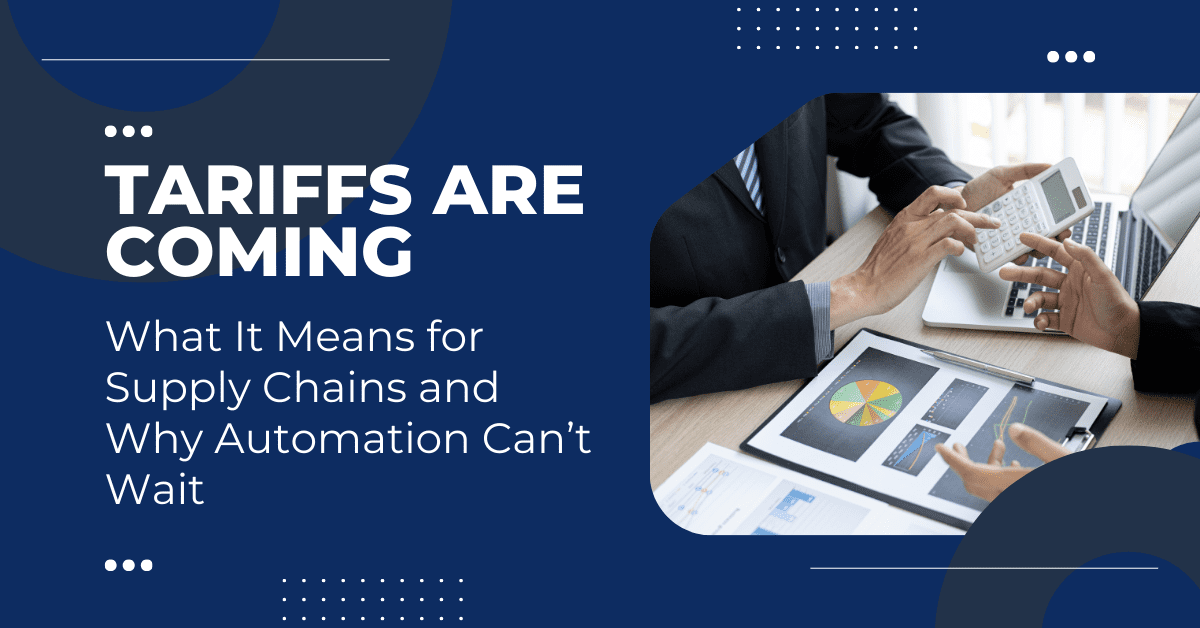


As the new administration plans for higher tariffs on goods from countries like Canada, Mexico and China, supply chain leaders are bracing for significant disruption. These tariffs could drive up import costs for raw materials and finished goods, derailing carefully balanced supply chain strategies. For companies reliant on global trade, the stakes have never been higher.
Tariffs are more than just a line item on a balance sheet — their effects ripple across the entire supply chain. Higher import costs force companies to reallocate budgets, often leading to reductions in operational efficiency and innovation spending. The consequences include:
In this environment, businesses face a stark reality: adapting quickly isn’t just a competitive advantage; it’s a necessity for survival.
While strategies like front-loading shipments or diversifying sourcing might offer short-term relief, they don’t address the need for long-term resilience. Warehouse automation stands out as a transformative solution. Here’s why:
The rising demand for automation solutions means the cost of delaying investment is twofold. Not only do companies risk higher implementation costs in the future, but they also fall behind competitors who have already embraced automation to mitigate disruption. Modern robotic automation systems can be deployed in weeks, allowing businesses to adapt swiftly to evolving conditions. Waiting isn’t just expensive; it’s a missed opportunity to build resilience.
RELATED RESOURCE: Taking a Proactive Approach to Supply Chain Resilience
Automation isn’t just a tool for efficiency — it’s a strategic buffer against volatility. By reducing reliance on manual processes and increasing operational agility, automation enables companies to:
In a tariff-driven environment, proactive action is essential. Companies that invest in automation today position themselves not only to navigate current challenges but also to thrive in an uncertain future. Automation enables businesses to stay agile, competitive, and prepared for the next disruption, whether it’s tariffs, labor shortages or supply chain bottlenecks.
Discover how GreyOrange can help you build a resilient, future-ready supply chain. Explore solutions that optimize operations and keep you ahead of the curve.